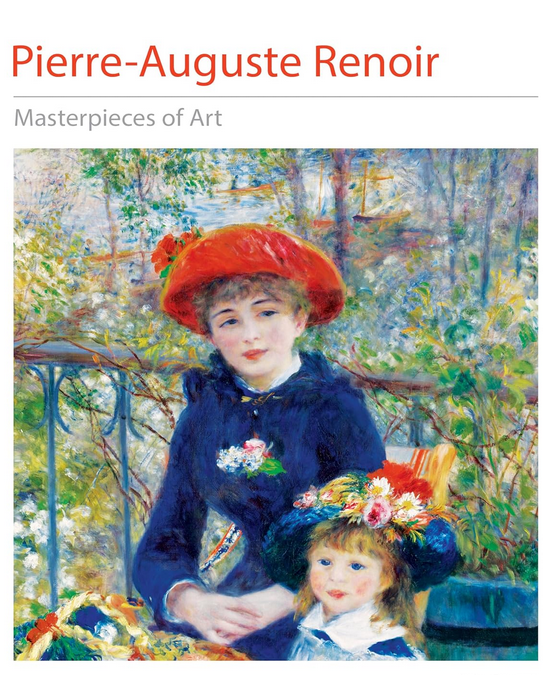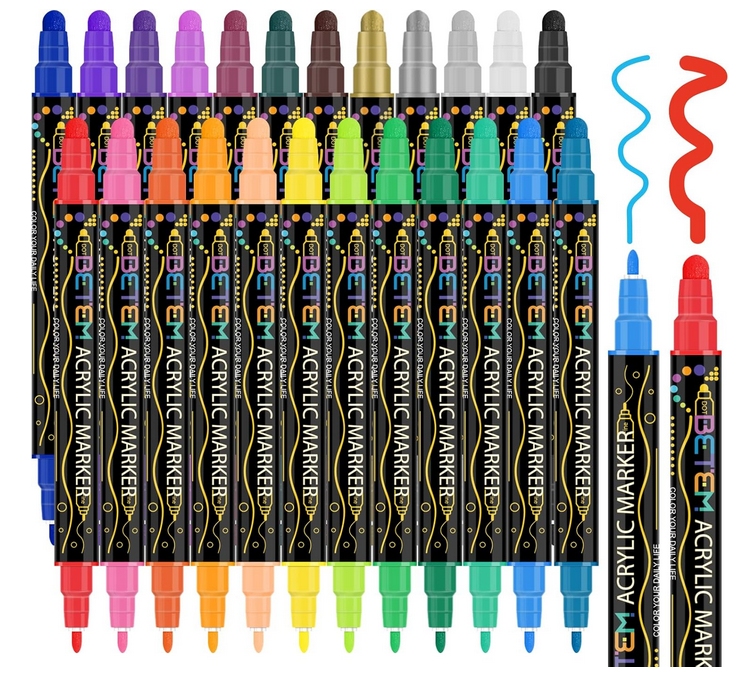- Home
- Art History
- Impressionism
- Auguste Renoir
Auguste Renoir - Impressionist
Introduction to Auguste Renoir
The term "Impressionism" stems from the movement's desire to depict impressions of a moment, characterized by swift brush strokes and an extraordinary play of light. Renoir, along with his peers, pioneered this approach in the 1860s and 1870s, rebelling against the rigid constraints of formal academic art and focusing instead on spontaneity and the representation of modern life.
|
"There are some things in painting which cannot be explained, and that something is essential." ~ Auguste Renoir |
This web page aims to provide teachers with comprehensive insights into Renoir’s life, his contributions to Impressionism, and how these can be integrated into an effective art lesson plan. |
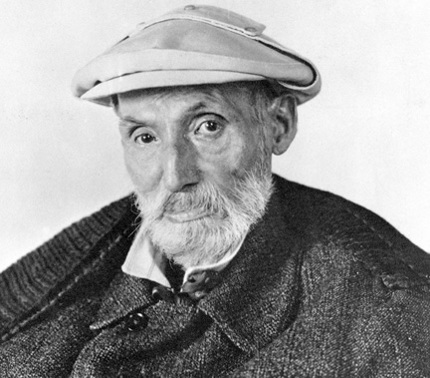 |
Auguste Renoir, a pivotal figure in the Impressionism movement, has left
an indelible mark on the art world. His works, characterized by vibrant
light and saturated color, not only capture the beauty of the moment
but also embody a distinct, soft-edged style that distinguishes him from
his contemporaries. |
|
Born in Limoges, France, in 1841, Renoir’s journey into art began at an early age, initially as a painter on porcelain. His early exposure to art through decorative craftsmanship laid the foundation for his later exquisite attention to detail and composition. Moving to Paris, Renoir eventually saved enough to study under Charles Gleyre, where he met future fellow Impressionists like Claude Monet and Alfred Sisley. |
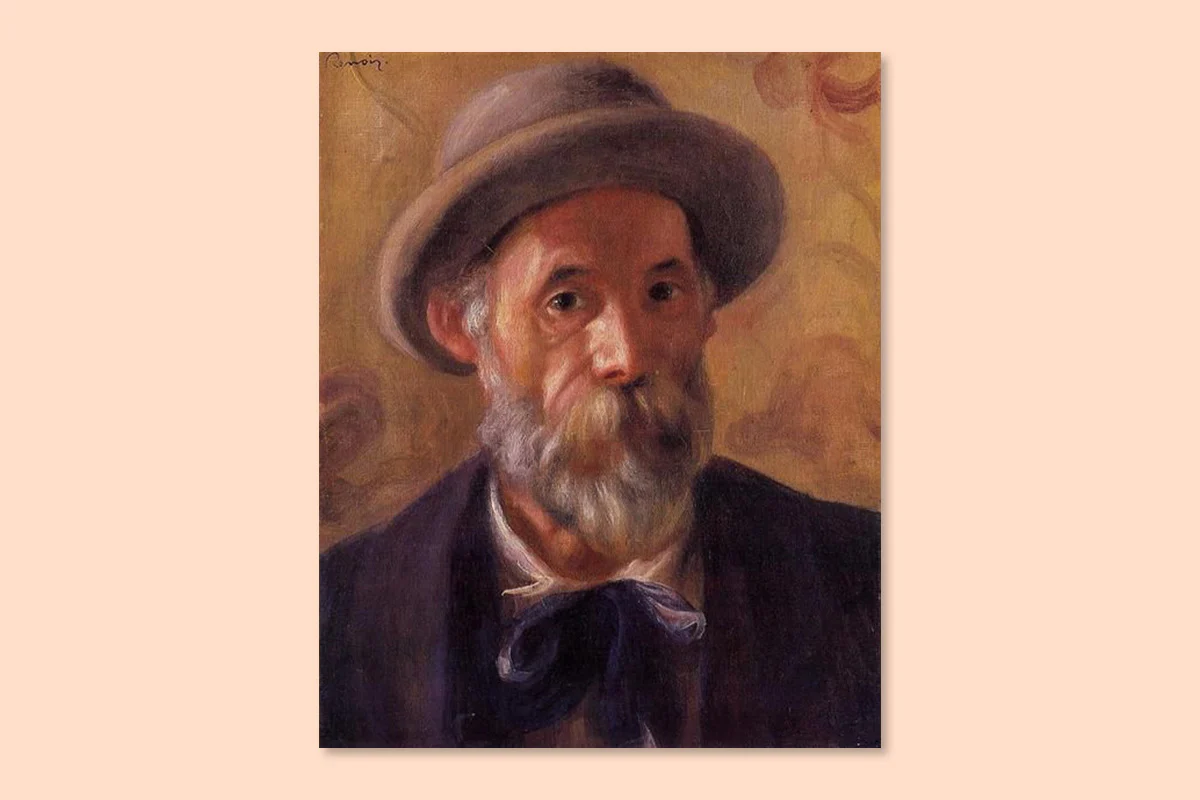 |
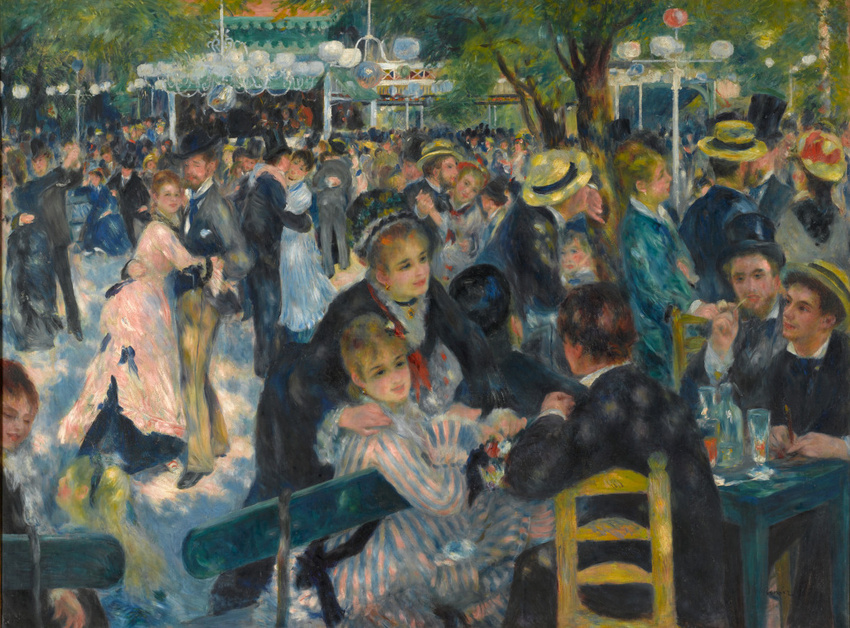
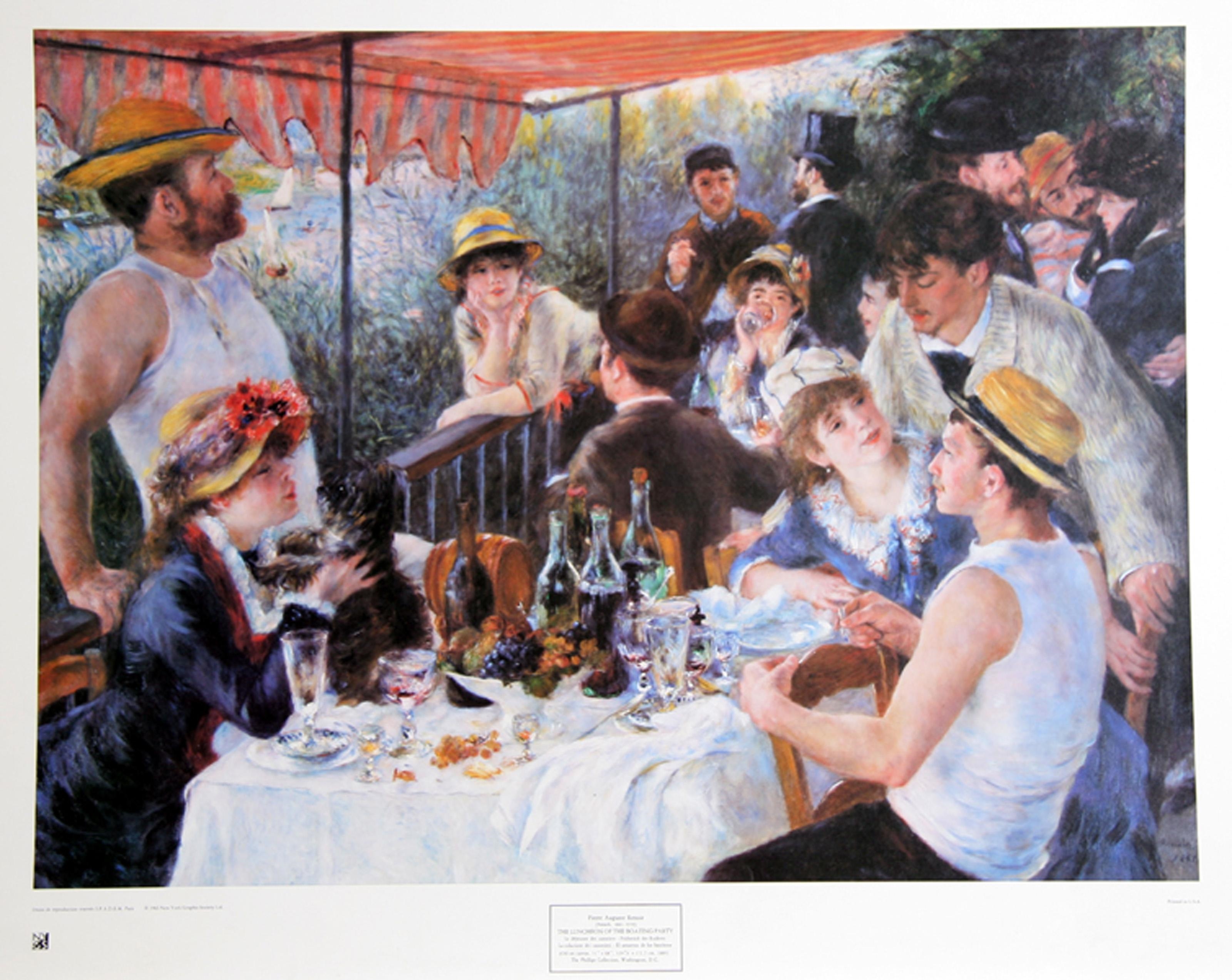
Among Renoir’s oeuvre, works like "Dance at Le Moulin de la Galette" and "Luncheon of the Boating Party" stand out for their vivid portrayal of everyday joy and leisure. These paintings provide a window into 19th-century Parisian society and highlight Renoir’s skill in expressing the effects of light through color.
Renoir's Style and Technique
Renoir’s style evolved over the decades,
yet he consistently emphasized color and movement rather than strict
realism. Notably, his penchant for highlighting the interactions of
light and shadow and his ability to capture the human spirit set his
works apart. His technique involved using vibrant, warm colors, and his
compositions often depicted people in intimate and candid settings.
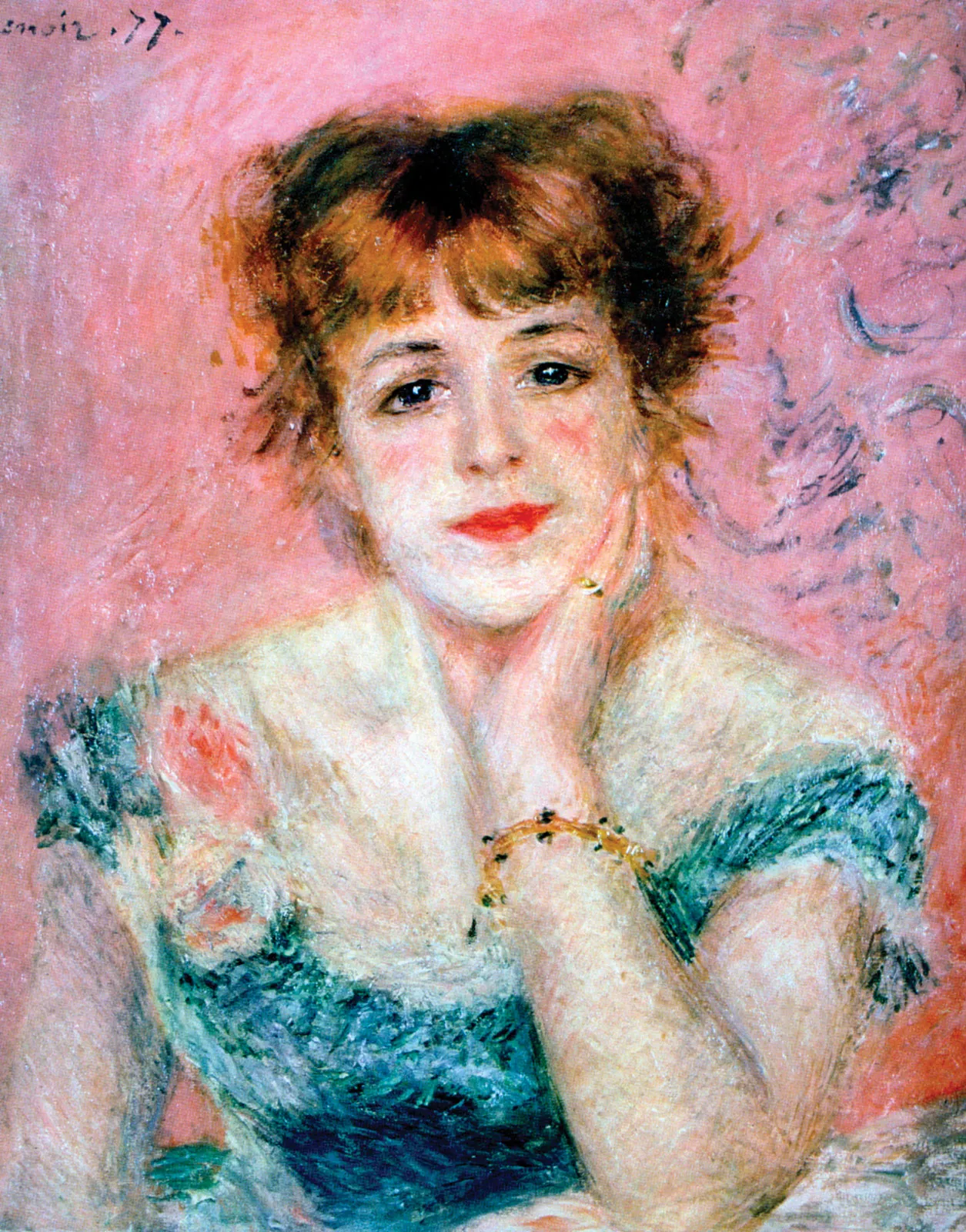
"Art is about emotion; if art needs to be explained it is no longer art."
~ Auguste Renoir
Renoir and His Contemporaries
Renoir’s relationship with fellow Impressionists such as Monet, Sisley, and Bazille was instrumental in shaping his artistic vision. Their frequent collaborations and shared exhibitions allowed them to develop a cohesive but distinct approach to painting, emphasizing natural elements and momentary perceptions of the scene before them.
Challenges and Triumphs
Despite facing initial criticism, Renoir's work gained recognition by the end of the 1870s. His portrayal of light and shadow, his distinctive brushwork, and his commitment to portraying modern life in all its facets eventually won him accolades and significantly influenced younger generations of artists.
Renoir's Contribution to Modern Art
Renoir not only contributed to defining the Impressionism movement but also bridged the gap between traditional and modern forms of painting. His dynamic compositions and vibrant palettes have inspired a myriad of artists, making him a central figure in the development of modern art.
Influence Beyond Painting
Renoir’s influence extends beyond just
his paintings. His focus on capturing beauty in the everyday life helped
to change the narrative of fine art being accessible and relatable,
thus broadening the scope and audience of French art during the late
19th century.
The Legacy of Renoir in Contemporary Art
Today,
Renoir’s legacy is palpable in the continued popularity and academic
interest in Impressionism. Museums around the world showcase Renoir’s
works, underlining their perennial appeal and the timeless quality of
his artistic expressions. His ability to combine personal observation
with the Impressionistic style contributes to ongoing studies in both
art history and the broader cultural implications of the movement.
|
Conclusion
|
... worksheet to be uploaded (2024May01)
Lesson Ideas for Teachers
Incorporating Renoir into an Art Lesson Plan
Teachers can develop an
art lesson plan that explores Renoir’s techniques and themes. Students
might analyze how Renoir’s use of light and color creates mood and
atmosphere, or how his paintings reflect societal trends of his time.
Encouraging students to create their own Impressionist paintings can
also provide practical understanding and appreciation of Renoir's
artistry.
For educators, Renoir's work offers rich material for discussion and education, providing students with a profound understanding of the Impressionism movement and its lasting impact on art and culture.
Okay, so now I've put on some ads from Amazon - from which I may earn a few cents. (2025)
